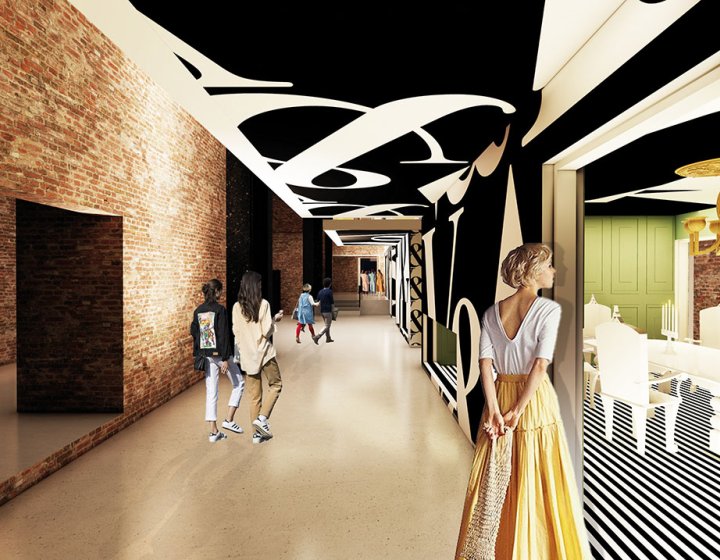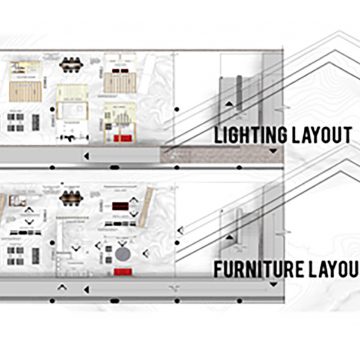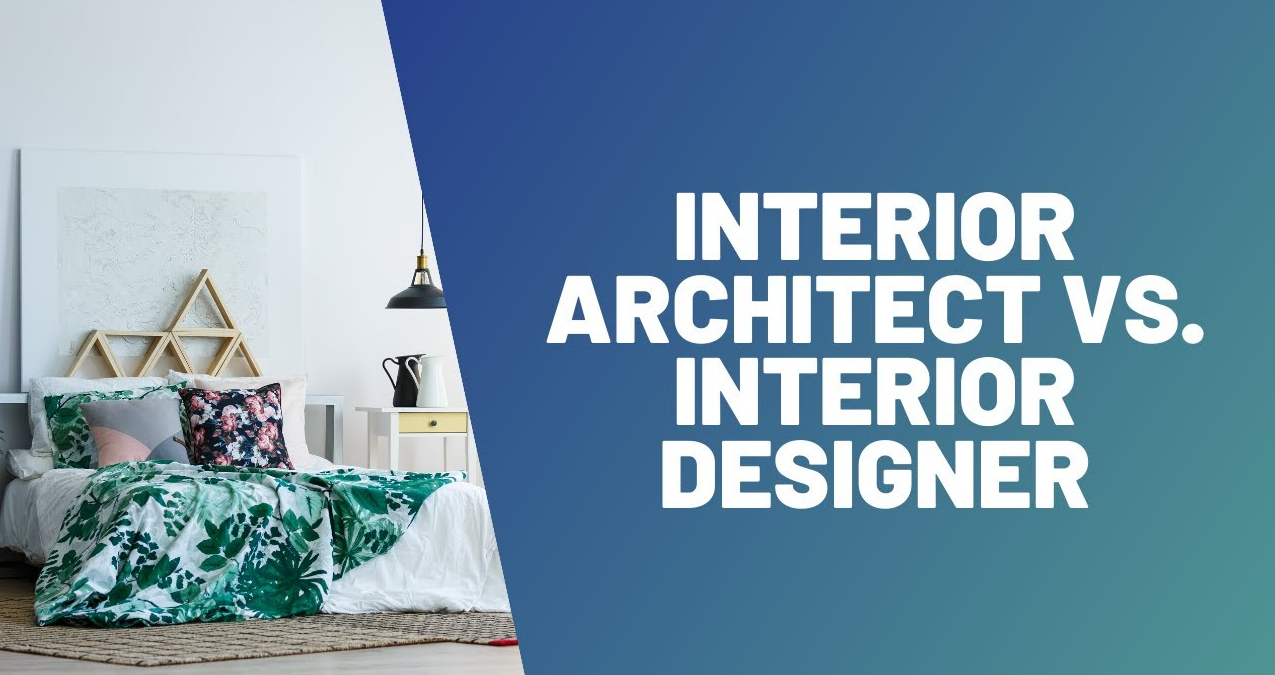Expert Rural Home Styling for a Peaceful Escape
Expert Rural Home Styling for a Peaceful Escape
Blog Article
The Art of Equilibrium: How Interior Design and Home Architect Collaborate for Stunning Outcomes
In the world of home layout, striking a balance in between visual appeals and capability is no little feat. This delicate balance is achieved via the harmonious partnership in between indoor developers and designers, each bringing their unique expertise to the table. The result? Areas that are not just aesthetically spectacular but likewise very comfortable. This ideal mix is not constantly easy to attain. Stick with us as we discover the intricacies of this joint process and its transformative effect on home layout.
Recognizing the Core Distinctions In Between Interior Decoration and Home Style
While both Interior Design and home style play crucial roles in producing visually pleasing and functional areas, they are inherently different disciplines. Home architecture mostly concentrates on the architectural facets of the home, such as developing codes, security regulations, and the physical building of the space. It takes care of the 'bones' of the framework, working with spatial dimensions, bearing walls, and roofing designs. On the other hand, Interior Design is more worried with enhancing the visual and sensory experience within that framework. It entails selecting and arranging furnishings, selecting color design, and incorporating attractive aspects. While they operate in tandem, their functions, duties, and locations of competence diverge considerably in the development of a harmonious home atmosphere.
The Harmony Between Home Architecture and Inside Layout
The synergy in between home design and Interior Design lies in a shared vision of layout and the enhancement of practical aesthetics. When these two areas straighten sympathetically, they can transform a living room from ordinary to extraordinary. This collaboration needs a much deeper understanding of each self-control's principles and the capability to create a natural, cosmetically pleasing setting.
Unifying Layout Vision
Merging the vision for home design and interior layout can create a harmonious living space that is both functional and cosmetically pleasing. It advertises a collaborating approach where building elements enhance interior layout components and vice versa. Therefore, unifying the design vision is vital in mixing style and interior layout for stunning results.
Enhancing Practical Aesthetics
Just how does the harmony between home design and Interior Design enhance practical aesthetics? This synergy allows the production of spaces that are not only visually attractive however also conveniently usable. Engineers lay the foundation with their architectural design, ensuring that the space is useful and effective. The indoor developer after that complements this with carefully chosen aspects that enhance the aesthetics without compromising the capability. This unified partnership can lead to homes that are both liveable and beautiful. An engineer could create a home with huge windows and high ceilings. The indoor designer can after that accentuate these features with tall plants and large drapes, respectively, hence boosting the visual appeal while keeping the useful benefits of all-natural light and spaciousness.
Value of Cooperation in Creating Balanced Spaces
The cooperation between interior designers and engineers is crucial in producing well balanced rooms. It brings consistency in between layout and style, giving birth to spaces that are not just aesthetically pleasing yet additionally practical. Checking out successful collaborative methods can offer insights into exactly how this synergy can be efficiently attained.
Harmonizing Style and Architecture
Equilibrium, a necessary aspect of both interior design and style, can only really be accomplished when these 2 areas job in harmony. This joint procedure results in a cohesive, balanced layout where every aspect adds and has an objective to the overall aesthetic. Harmonizing design and style is not just about developing stunning spaces, yet regarding crafting rooms that work seamlessly for their inhabitants.
Successful Collaborative Techniques

Situation Studies: Effective Assimilation of Layout and Style
Examining numerous case studies, it emerges exactly how the effective assimilation of Interior Design and architecture can change a room. The Glass Residence in Connecticut, renowned for its minimalistic sophistication, is one such instance. Engineer Philip Johnson and interior designer Mies van der Rohe worked together to create an unified balance in between the inside and the framework, leading to a smooth circulation from the outside landscape to the internal living quarters. An additional prototype is the Fallingwater Home in Pennsylvania. Engineer Frank Lloyd Wright and indoor developer Edgar Kaufmann Jr.'s collective initiatives cause a stunningly special home that mixes with its all-natural surroundings. These study underline the profound impact of an effective design and design cooperation.

Getting Over Obstacles in Layout and Architecture Partnership
Regardless of the indisputable advantages of a successful collaboration between Interior Design and design, it is not without its challenges. Communication problems can develop, as both parties might make use of various terms, understandings, and techniques in their job. This can cause misconceptions and hold-ups in job completion. Another major challenge is the balancing act website here of visual appeals and functionality. Engineers may prioritize structural stability and security, while developers focus on convenience and style. The assimilation of these goals can be complex. In addition, budget and timeline constraints typically include stress, potentially triggering rifts in the cooperation. Consequently, reliable communication, mutual understanding, and concession are vital to conquer these obstacles and achieve a harmonious and successful partnership.

Future Trends: The Evolving Partnership In Between Home Architects and Interior Designers
As the globe of home design continues to develop, so does the relationship in between designers and interior designers. Alternatively, interior designers are accepting technical facets, influencing overall layout and performance. The future promises a more natural, ingenious, and find more information flexible strategy to home design, as developers and engineers proceed to blur the lines, promoting a partnership that genuinely embodies the art of equilibrium.
Final thought
The art of balance in home design is attained with the unified cooperation in between interior designers and engineers. An understanding of each other's disciplines, efficient communication, and shared vision are vital in producing aesthetically sensational, functional, and inviting areas. Despite difficulties, this partnership cultivates development and advancement in style. As the partnership in between home designers and indoor designers evolves, it will continue to shape future patterns, boosting comfort, effectiveness, and individual expression in our living spaces.
While both interior style and home design play crucial duties in creating cosmetically pleasing and functional areas, they are inherently different techniques.The harmony in between home style and indoor layout exists in a shared vision of style and the improvement of useful aesthetic appeals.Linking the vision for home style and indoor layout can create a harmonious living space that is both practical and visually pleasing. Thus, unifying the layout vision is important in mixing architecture and interior layout for magnificent outcomes.
How does the harmony between home style and interior layout enhance functional aesthetic appeals? (Winchester architect)
Report this page